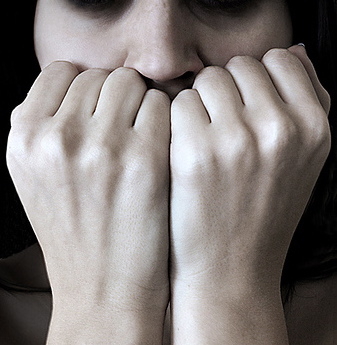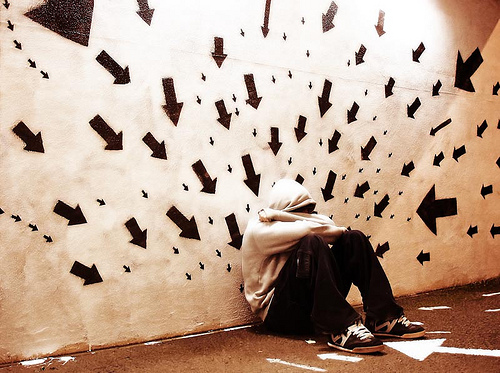Anxiety And Phobic Neurosis: Etiology, Clinical Features, Physical Symptoms, Diagnosis And Treatment
Clinical Manifestations Of Anxiety Neurosis

Anxiety Neurosis
Anxiety neurosis is characterized by unpleasant feelings of fear, tension, impending danger, or panic reactions. Neurosis on its own is a group of diseases, affecting somatic neural functions of the body. And anxiety neurosis and phobic neurosis are just one out of so many such as anorexia nervosa, reactive depression, obsessive compulsive neurosis and hysterical neurosis
Etiology: Hereditary predisposition, morbid environment and constitutional defects are the important causative factors. Physical factors such as infection, exhaustion etc may precipitate anxiety reaction. Anxiety may occur when there is rivalry between the reality and the needs of the individual- sexual or otherwise.
Clinical features
The total symptomatology can be grouped into two: mental and physical. Mental symptoms majorly consist of anxiety itself. It is generalized and present throughout. It hampers the activities of the individual. Anxiety interferes with the functions of attention and concentration and thereby, the memory. Anxiety is the common cause of memory loss in youngsters.
Physical Symptoms: General features are motor restlessness, fine tremours and generalized muscular tension. This causes aches and pains, especially frontal headache and backache. The pupils are dilated. The mouth is dry due to decreased salivation. The skin is cold and clammy with increased perspiration. In cardiovascular manifestations, tachycardia, rise in systolic blood pressure, precordial pain and palpitation are the common manifestations.
In respiratory symptoms, patients with anxiety neurosis complain of breathlessness and tachypnea. Hyperventilation may lead to alkalotic tetany. In gastrointestinal symptoms, dryness of mouth, dysphagia, diarrhea, constipation, vomiting and abdominal pain manifest. In genitourinary symptoms, anxiety neurosis is associated with increased frequency of micturition. Sexual drive (libido) is often diminished. Menstrual irregularities are found in women. The central nervous system is not left out as headache is experienced as a tight band around the head. The patient experiences difficulty in getting into sleep. The sleep is light and fretful.
Diagnosis:Clinical diagnosis can be made based on the somatic and psychic features. Persistent anxiety with somatic symptoms is the important feature. Careful search to exclude organic physical illnesses like hyperthyroidism, tuberculosis, endocrine abnormalities, angina pectoris and bronchial asthma is absolutely essential. Other psychiatric conditions such as delirium, schizophrenia, agitated depression etc have also to be differentiated.
Treatment: Psychotherapy is the principal form of treatment. Anti-anxiety drugs are used in controlling the symptoms temporarily. Diazepam in doses of 5 to 10 mg, thrice daily, chlordiazepoxide in doses of 10 to 12 mg, thrice dailyr or propranolol in doses of 10 to 40 mg thrice daily are commonly used.
Clinical Features Of Phobic Neurosis

Phobic Neurosis
This neurosis is characterized by the presence of “phobia”. Phobia denotes fear specific to an object or any situation. The fear is unreasonable and out of proportion to the demand of the situation. Thie subject avoids the object or situation which brings about the phobia. Phobia is of different kinds. Agoraphobia is the common variety. In agoraphobia, the patient is phobic to open places. He finds it extremely difficult to go out of the house or to travel. This illness is more common in women. Other common stimuli which evoke the phobic reaction include animals, fire (pyrophobia), closed spaces (claustrophobia) and height (acrophobia).
Clinical features: The symptoms of phobia are very similar to those of anxiety neurosis, but these symptoms occur only in the presence of the stimuli which evoke the phobia. The patient is symptom-free in their absence.
Diagnosis: Diagnosis of phobia is based on the clinical features in relation to the phobic stimulus. Phobic neurosis should be differentiated from anxiety neurosis, schizophrenia, obsessive compulsive neurosis and depression.
Treatment: The acute symptom can be managed with anti-anxiety drugs such as diazepam, thioridazine or chlordiasepoxide. Behavious therapy, which is intended to desensitize the patient to the phobic stimulus, is the treatment of choice for long term benefits.
© 2014 Funom Theophilus Makama








